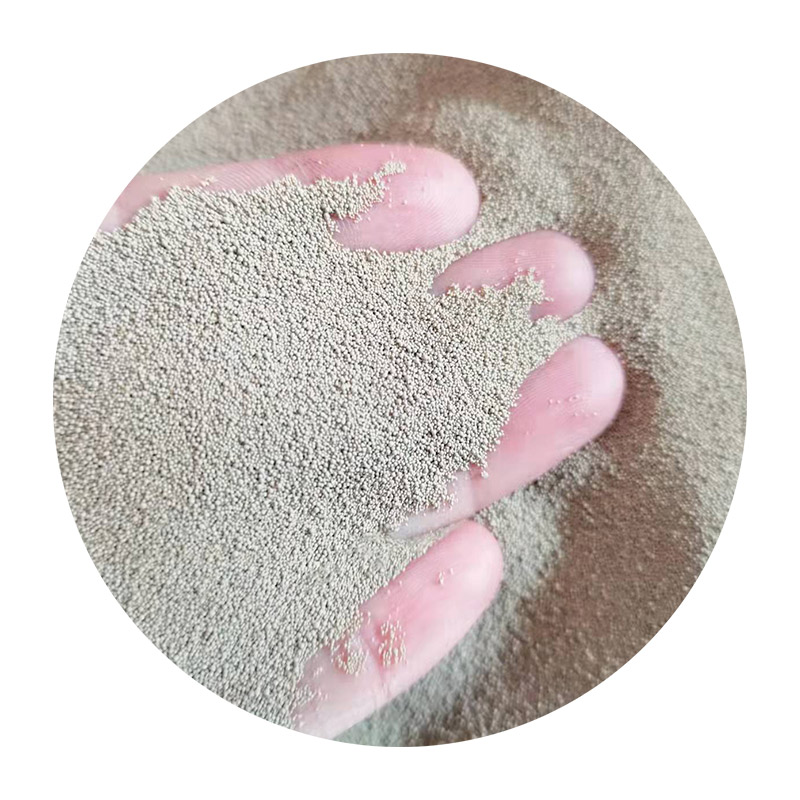The Price Dynamics of Ceramic Sand A Comprehensive Overview
Ceramic sand, a specialized material primarily used in the foundry industry, has seen fluctuating prices due to various market dynamics. Understanding the factors that influence the price of ceramic sand is essential for both manufacturers and consumers who rely on this particular resource for their operations.
What is Ceramic Sand?
Ceramic sand is a type of proppant made from high-purity alumina and silica, providing excellent thermal stability and mechanical strength. It is predominantly used in hydraulic fracturing, a technique employed in the gas and oil industry to enhance production rates. The unique properties of ceramic sand make it an ideal choice for applications requiring high heat resistance and low permeability.
Factors Influencing Prices
1. Raw Material Costs The cost of raw materials significantly impacts the pricing of ceramic sand. Fluctuations in the prices of alumina and silica can have a direct correlation with the final product's cost. When demand for these raw materials increases, particularly in other industries like construction or electronics, the price of ceramic sand may rise as a result.
2. Supply and Demand The balance between supply and demand is critical for pricing. Recently, the demand for ceramic sand has surged due to increased activities in the oil and gas sector. This spike in demand often leads to a corresponding uplift in prices, particularly when production capabilities struggle to keep up.
ceramic sand price

3. Geopolitical Factors Events such as trade disputes, tariffs, and geopolitical tensions can disrupt supply chains, thereby affecting the price of ceramic sand. Countries that are major producers of raw materials for ceramic sand can influence the availability and cost on a global scale.
4. Technological Advancements Innovations in the production process can also impact pricing. If manufacturers invest in more efficient processes that reduce production costs, these savings may be passed on to consumers in the form of lower prices. Conversely, if new methods require substantial investment, the prices may increase.
5. Market Trends Emerging trends in the energy sector, particularly the shift toward renewable resources, can influence the demand for ceramic sand. As energy companies adapt to changing regulations and market preferences, their use of ceramic sand may fluctuate, thereby affecting its price.
6. Global Economic Conditions The overall state of the global economy plays a role in the pricing of ceramic sand. Economic growth in emerging markets often leads to increased construction and manufacturing activities, driving demand for ceramic sand. Conversely, economic downturns can reduce demand and lead to lower prices.
Conclusion
The price of ceramic sand is subject to a myriad of influences ranging from raw material costs to global economic conditions. As industries continue to evolve and adapt, stakeholders must stay informed about these dynamics to make educated purchasing decisions. Whether you're a supplier, manufacturer, or consumer, understanding the nuances behind ceramic sand pricing can help navigate the complexities of the market. As the demand for energy resources grows, so too will the significance of ceramic sand, making it a vital component of many industrial applications. Staying abreast of market trends and price fluctuations will be crucial for anyone involved in this sector.
Post time:ספט . 22, 2024 14:27
Next:what to sand resin with
